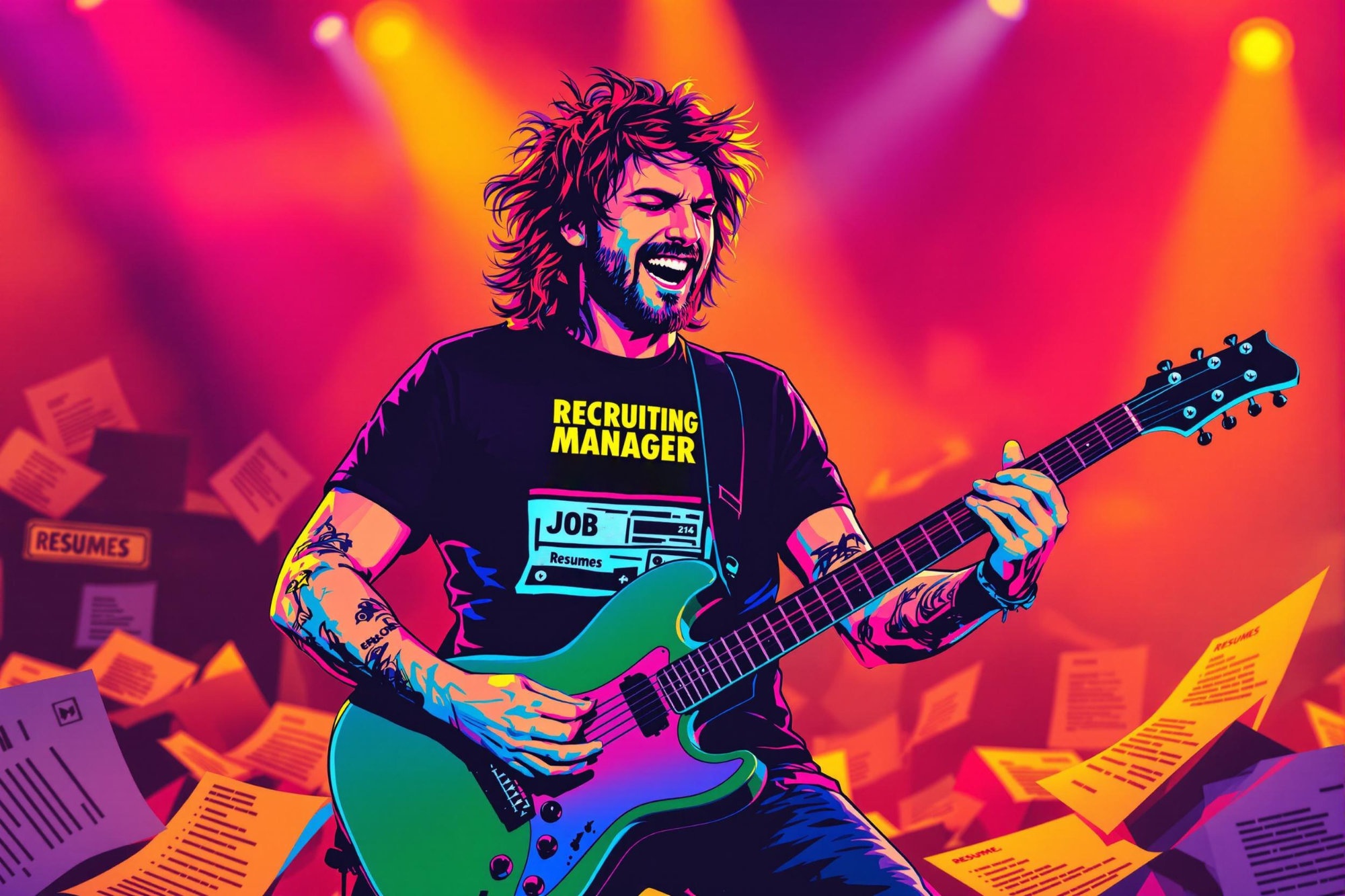
B-Roll
B-Roll is the extra video footage captured to enrich the main video content in films, documentaries, or marketing videos. Think of it like supporting visuals that help tell the story better - for example, while someone is being interviewed (main footage), B-Roll might show them working at their desk or interacting with colleagues. It's similar to how a magazine article uses additional photos to support the main text. This supplementary footage helps make videos more engaging and professional, and is a fundamental concept in video production that every videographer needs to understand.
Examples in Resumes
Captured and edited B-Roll footage for 50+ corporate marketing videos
Directed camera crews in gathering B-Roll and primary footage for documentary series
Managed extensive library of B-Roll footage for news station
Typical job title: "Videographers"
Also try searching for:
Where to Find Videographers
Online Communities
Job Boards
Professional Networks
Example Interview Questions
Senior Level Questions
Q: How do you plan B-Roll coverage for a large project with multiple locations?
Expected Answer: Should discuss project planning, shot lists, coordination with main footage needs, and ensuring comprehensive coverage while managing time and resources efficiently.
Q: How do you handle B-Roll in challenging lighting conditions?
Expected Answer: Should explain practical solutions for different lighting scenarios, equipment choices, and how to maintain consistency with main footage.
Mid Level Questions
Q: What's your process for organizing and storing B-Roll footage?
Expected Answer: Should explain file organization systems, naming conventions, and how they manage footage for easy access in future projects.
Q: How do you decide what B-Roll to capture for a corporate video?
Expected Answer: Should discuss understanding client needs, storytelling principles, and ensuring footage aligns with the main message.
Junior Level Questions
Q: What is B-Roll and why is it important?
Expected Answer: Should explain that B-Roll is supplementary footage that adds visual interest and context to the main video content.
Q: What basic equipment do you need to capture good B-Roll?
Expected Answer: Should mention essential camera gear, stabilization equipment, and basic understanding of camera movements.
Experience Level Indicators
Junior (0-2 years)
- Basic camera operation
- Understanding of shot composition
- Simple editing techniques
- Following shot lists
Mid (2-5 years)
- Advanced camera techniques
- Lighting setup for B-Roll
- Efficient footage organization
- Creative shot composition
Senior (5+ years)
- Project planning and management
- Advanced storytelling through visuals
- Team coordination
- Complex production oversight
Red Flags to Watch For
- No understanding of basic camera operations
- Unable to explain different types of shots
- Lack of portfolio or sample work
- No experience with video editing software
Related Terms
Need more hiring wisdom? Check these out...

Step Into Our World: How Pre-Recorded Virtual Workplace Tours Are Changing The Recruitment Game

Resume Screening Reinvented: 9 Unconventional Strategies to Discover Top Talent Hidden in Plain Sight

When Job Ads Dance: Why Your Next Hire Might Come From a 20-Second TikTok

